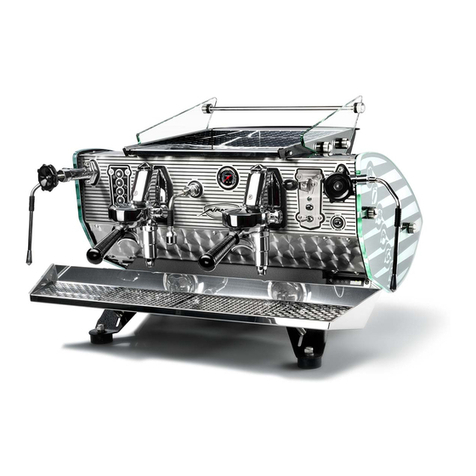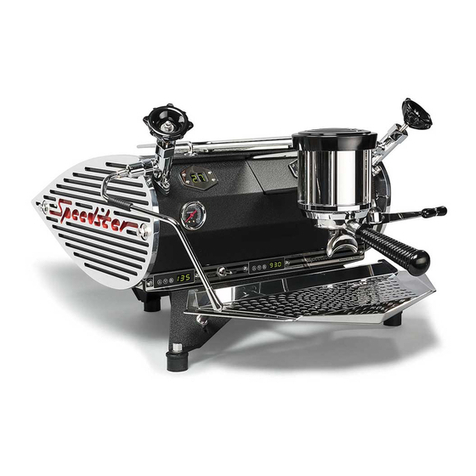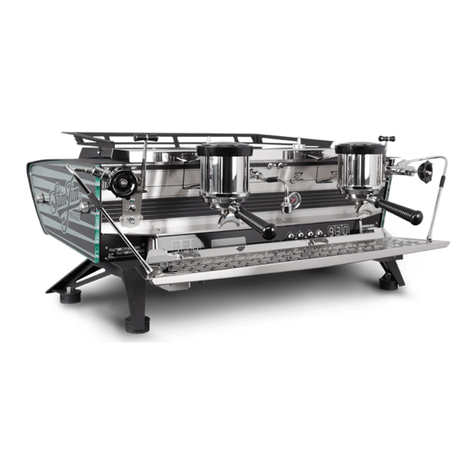CONTENTS
Slim Jim User manual page 1
Designation............................................................................................................................................ 2
Precaution.............................................................................................................................................. 2
Safe operation........................................................................................................................................ 2
Water Quality ......................................................................................................................................... 3
Parts identification ................................................................................................................................ 4
Operational features.............................................................................................................................. 5
MAIN switch......................................................................................................................................... 5
HEAT switches .................................................................................................................................... 5
Circuit breakers ................................................................................................................................... 5
Bastone unit......................................................................................................................................... 6
Touchpad............................................................................................................................................. 6
Temperature display............................................................................................................................ 7
Shot time.............................................................................................................................................. 7
Pressure gauge ................................................................................................................................... 8
Dispensing hot water........................................................................................................................... 8
Steaming.............................................................................................................................................. 9
Pre-infusion cylinder............................................................................................................................ 9
Control panel ....................................................................................................................................... 10
Change individual boiler to ECO and back........................................................................................ 10
Go to stand-by................................................................................................................................... 11
Sensor malfunction............................................................................................................................ 12
Technical assistance......................................................................................................................... 12
Start automatic back-flush program .................................................................................................. 13
Flow meter error ................................................................................................................................ 13
Use external temperature sensor (option)......................................................................................... 14
Program volumes with touchpad or Bastone..................................................................................... 15
Change settings in the Barista menu................................................................................................ 16
Sub-menu TEMPERATURE SETTING............................................................................................. 17
Sub-menu VOLUME SETTING......................................................................................................... 17
Sub-menus TIMED ON/OFF and TIME/DATE.................................................................................. 18
Pump-pressure .................................................................................................................................... 19
Check................................................................................................................................................. 19
Adjust................................................................................................................................................. 20
Machine cool-down ............................................................................................................................. 20
Daily to weekly maintenance.............................................................................................................. 21
Use hot water from the machine ....................................................................................................... 21
Clean body ........................................................................................................................................ 21
Clean steam wand............................................................................................................................. 21
Remove filter basket.......................................................................................................................... 21
Clean filter holder .............................................................................................................................. 22
Back flush group................................................................................................................................ 22
Clean group screen, check and replace group seal.......................................................................... 23
Clean group dispersion plate............................................................................................................. 24
Replace dispersion base and plate ................................................................................................... 25
Descaling........................................................................................................................................... 25
Check machine condition, report malfunctions............................................................................... 26
Free-flowrate ..................................................................................................................................... 26
Heating element indicator lights ........................................................................................................ 26
Check pressure gauges..................................................................................................................... 27
Opening pressure of expansion valve............................................................................................... 27
Consistency in programmed volumes ............................................................................................... 27
External temperature probe (option) ................................................................................................. 28
Recommended maintenance and service scheme .......................................................................... 29
Service Record .................................................................................................................................... 30
Contact information ............................................................................................................................ 32






































